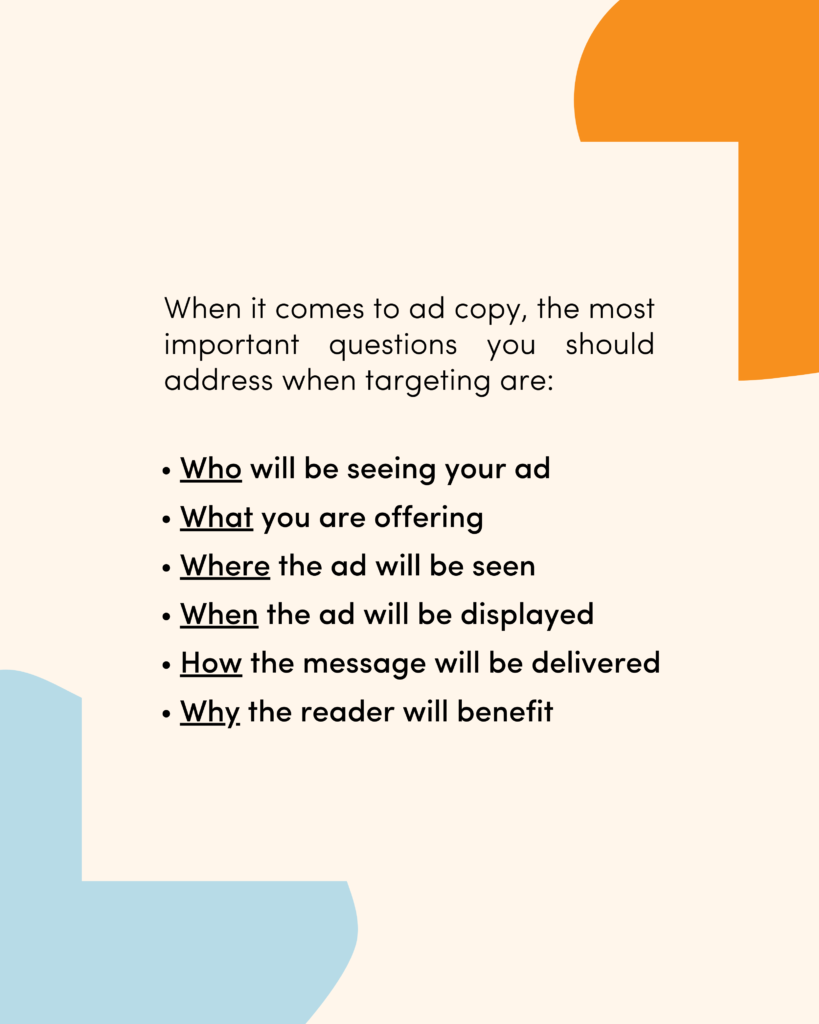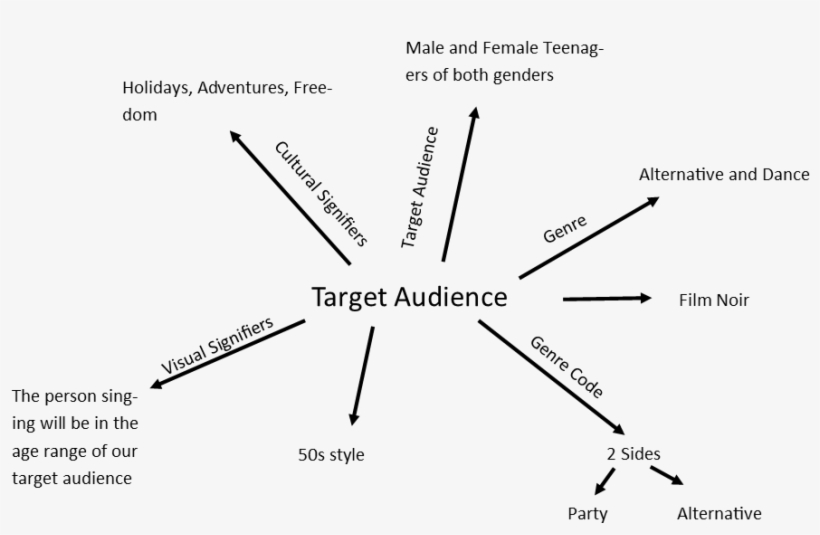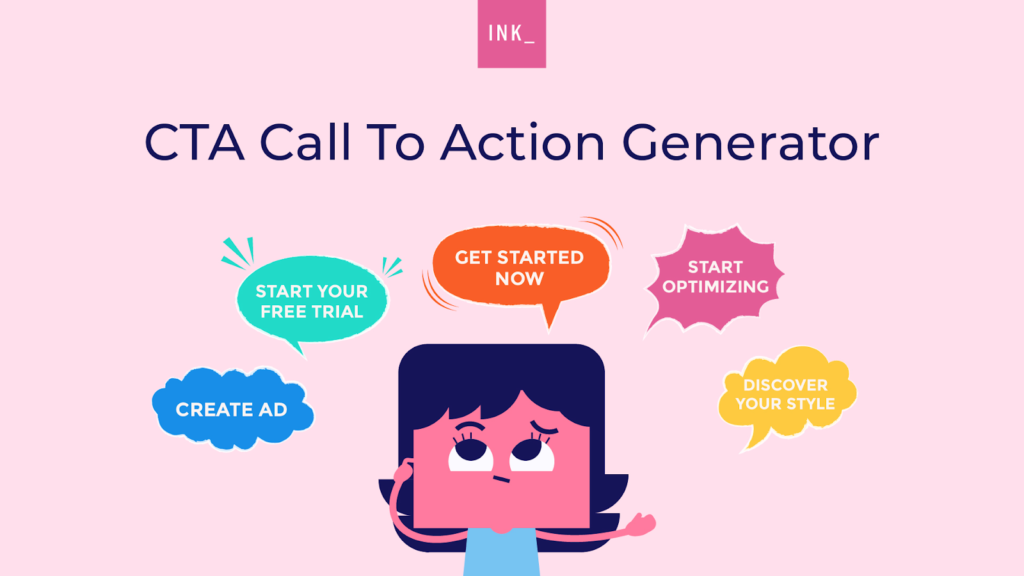
Advertising is one of the fastest ways to get more traffic and more sales on your website. However, writing ad copy that sells is not as easy as it sounds. Digital advertising is all about the space, and persuading your audiences in the limited space and an equally limited amount of words is tricky.
Ideally, an advertising copy should be simple, easy to understand, and direct with relevant details to complete the search intent. A compelling ad copy results from proper observance and execution; it is about getting the viewer’s attention. Here are some tips and tricks to develop a result-oriented ad that can help you get into the minds of audiences.
How to Write an Ad Copy That Sells

- Get into the audience’s mind
Your ad copy should connect with the audience because your ad gets the attention it needs when you create a connection. An advertisement must connect on a deeper level by triggering an emotional response. To create a compelling copy, one needs to understand the audience’s mindset, which can be done through market research. Understand the current perception of the audience for your product and create a plan on how your approach should be. Matching the user intent is the key to creating ads. Regarding Google Ads, people are pretty precise about what they want.

Research helps you find out the mannerisms of the audience and helps mold a persona that can be used as a reference to create a target audience. You must also focus on online activity and keywords used around your product in the research. These keywords can then be used in the ad copy to reach more interested people.
- Creating curiosity
This often helps to get the attention of the audience. Sometimes, ending ads abruptly or in a questioning space compels the audience to know more about the product.
- Emotional appeal
This is one of the most implemented techniques to get into the audience’s minds. The ad focuses on the customer’s pain points by relating them to the product. It could be the fear of losing something or reaching out for common appeals like a change from old methods, family issues, etc.
- Speak to the customer
It is always beneficial to go out of the way to reach out to customers. Online research is easy and effective, but knowing the ground reality could be an additional bonus. You can create a more detailed ad that attracts customers using research.
- Keep it simple
Avoid using heavy language, jargon, and complex sentences. Break it down into small, clear, and efficient sections explaining each technicality at the fundamental level. The intent here is to give the idea of the product offering.
Write an ad copy with a limited word count in a limited space. Thus, it has to capture the audience within a second or two. You have already lost a customer if it takes more than five seconds to understand the customer. An ad copy is not the place to mention every minute detail of the product or service; leave that for the landing page.
Keep the copy short and to the point. Focus on mentioning the key selling point that will help give a stronger impact; if you add more, the message intent can be lost. Focus on what you offer and why the customer can benefit the most by choosing you.
We live in a competitive society, and time is highly precious; your potential customer cares only about one thing: how you can make their lives easier with your product. List the benefits that can resonate with their needs and give them incentives to benefit once they choose you.
Put your ad copy in a space that is different from others; the two most popular sales methods are:
- Feature advantage benefit
The ad copy focuses on explaining features and functionality.
- Pain selling
The ad copy explains the solution it aims to provide for the given problem statement.
Find the features and benefits and list them separately in two different ad copies.
- Introduce CTA
An advertising copy should have an actionable intent where the user is subconsciously forced to choose your product. Call-to-action texts are pretty powerful and help engage the audience. A killer CTA will increase your conversion chances.
The central element in a good CTA is creativity. Anyone can write “buy now” or “subscribe,” but it’s the creativity that creates a feeling of missing out, and the customer feels that if no action is taken, they might lose out on the opportunity.

The easiest and most effective way is to put a countdown timer that runs in real-time. The copy can also include a huge early bird discount. This technique is used to lure customers in exchange for something extra if they buy the product.
Ensure that your ad copy includes the relative keyword that helps to come up in any search term without directly asking for it. Include terminology like “get in touch now” or “call now” don’t be shy to include any emotional appeal, as mentioned earlier.
Including a CTA does not confirm a success; no ad copy is built perfectly; the copy should be modified from time to time. Try different combinations of different writing styles and appealing methods using different call-to-actions. The intention is to curate a better copy at every stage to improve ROI.
- List out benefits
If your product is rare and requires some explanation, use the right keywords and text placement in the headlines to grab the viewer’s attention. If your product is commonly known and competitors are ranking on the same keywords, list the benefits of using your product.
Help your viewers by educating them about your product and explaining why it stands out from the crowd. Make sure that any competitors do not present the benefits listed by you. The “burger in town” may not get the traction that “the tastiest burger in town” could get.
You need to generate interest and turn it into desire; with interest, the viewer gets attracted to your product, and desire builds the intention to buy it. Emotional and monetary benefits can connect to the audience on a deeper level. For example, time saver, improved performance, increased safety, a better risk-to-reward ratio, and more.
Viewers should be assured that their investments will not go down the drain. Make friendly offers if possible, like a refund if the user is unsatisfied with the product. Give out a message that says you are there for your customers at every stage.
Always deliver as promised. Aim to give what your customers asked for, and don’t mislead them with your ad copy by promising something else. This will deteriorate the brand image in the longer run. If possible, mention additional benefits when they click on your ad. This will surprise them and make them like your brand more.
Creating an Epic Ad Copy
Building an ad copy will never be easy; it will always take time to get it right. The only way is to practice, do test runs, and get acquainted with the audience. You will only master the art of advertisement with time and experience.

FAQs
– The headline must be meaningful. As a brand, leave a lasting impression
– Use valuable keywords. Even in the post copy
– Add value and benefits, not features
– Inculcate a compelling call-to-action
– A/B test the copies
– Define your target audience
– Keep it short, simple, and compelling
– Incorporate a CTA clearly
– Keep the text and the visuals matching each other.
– Keep it relevant
– Keep up with the internet
– Use compelling vocabulary
– Keep it readable
– Tell a story
Latest Blogs
Explore how Google’s 2025 AI search updates triggered ranking chaos. Learn actionable strategies to adapt your SEO for AI Overviews, zero-click searches, and SERP volatility. Stay ahead now.
Learn how to rank on AI search engines like ChatGPT, Perplexity, and Gemini by optimizing your content for authority, structure, and relevance. Stay ahead in AI-driven search with this strategic guide.
Explore the best healthcare SEO services for your medical practice. Improve online visibility and effectively reach more patients in need of your services.
Get your hands on the latest news!
Similar Posts

B2C Marketing
5 mins read
Top Choices for Best Content Marketing Services in B2B Industries

Artificial Intelligence
5 mins read
How A Lead Generation Specialist Can Use AI-Powered Content Funnels to Drive Conversions

Artificial Intelligence
4 mins read